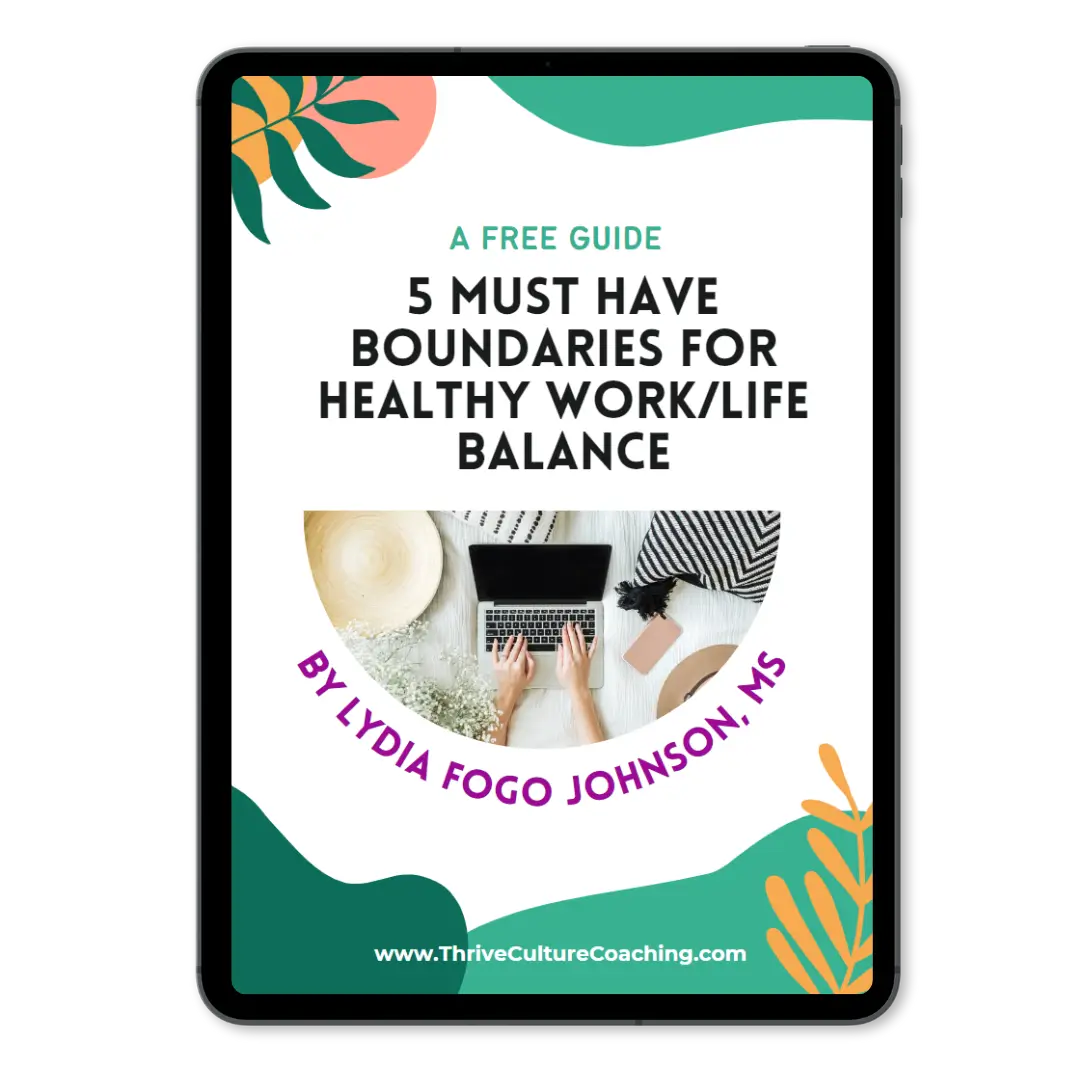Table of Contents
- How to Widen Your Window of Tolerance (And Why It Matters More Than You Think)
- What Is the Window of Tolerance?
- Hyperarousal vs. Hypoarousal: Two Ways We Fall Out of Balance
- What Shrinks Your Window?
- How Trauma & Other Factors Impact Your Window of Stress
- The Good News: You Can Widen Your Window
- How to Expand Your Window of Tolerance
- Reminder: Self-Care Isn’t Fluff.
- Your IRL Assignment
- Final Thoughts: You Don’t Have to Do It Alone
How to Widen Your Window of Tolerance (And Why It Matters More Than You Think)
Currently, three men are cutting giant holes in my house to enlarge several windows (for both aesthetics and because our bedrooms aren’t technically bedrooms due to lack of egress/exit windows).
This project has been three years in the making – between COVID supply chain issues and contractor woes.
It’s been a real struggle… but let’s not talk about it.
We SHOULD talk about your windows, though.
No, not your house windows, as pretty as they may be.
Your window of stress tolerance.
A concept created by Dr. Dan Siegel, the “window of tolerance” describes the ‘optimal arousal zone’ of human beings. It’s essentially the emotional bandwidth within which we can operate calmly and effectively in the face of life’s stressors.
What Is the Window of Tolerance?
Research shows that each of us has an optimal window of tolerance. When we’re within that window, we’re able to roll with the punches, manage challenges gracefully, and stay connected to our rational thinking and emotional regulation.
But when we’re outside our window? That’s when things start to break down.
You might snap at your partner, rage-apply to jobs after a tense meeting, or find yourself shut down, numb, and exhausted. These reactions aren’t character flaws – they’re your nervous system sounding the alarm.
Hyperarousal vs. Hypoarousal: Two Ways We Fall Out of Balance
There are two types of dysregulation that occur when we fall outside our window:
1. Hyperarousal
This is when your fight-or-flight system takes over. You may feel:
- Anxious or overwhelmed
- Impulsive
- Emotional or panicked
- Self-critical
- Physically tense
It’s the reason you yell at your kids, stress-eat ice cream, or go all-in on a heart-pounding workout to cope with overwhelm. The nervous system is in overdrive and trying to find some way – any way – to release the pressure.
See? Yelling and ice cream aren’t your fault. They’re a symptom.
2. Hypoarousal
This is the freeze response, when your nervous system downshifts into numbness. You might experience:
- Disassociation
- Difficulty focusing
- Fatigue or lack of motivation
- Emotional numbness or disconnect
This is when you zone out in meetings, drag through your day with zero energy, or find yourself mindlessly scrolling for hours.
This chart helps explain the cycle many of us experience: calm, regulated states within the window give way to dysregulation during stress, followed by recovery – if we have the tools.
What Shrinks Your Window?
Your window is constantly shifting. Every time you experience stress – whether a traumatic event or daily micro-stressors – it has the potential to shrink your window.
Let me repeat that:
Even small, chronic stressors can shrink your window to an impossibly small comfort zone, leaving you stressed and overwhelmed.
This is why something that wouldn’t have phased you a week ago suddenly makes you spiral today. It’s not the stressor – it’s your baseline capacity.
And the consequences are real. As I shared in a previous post about stress and burnout, frequent dysregulation can trigger trauma responses.
That trauma doesn’t have to be big or dramatic. You might never have experienced violence or extreme danger, but the cumulative toll of being outside your window? It can leave lasting scars.
This is called little t trauma – and it’s just as valid.
I’ve experienced this firsthand. After being constantly stressed and overwhelmed at work for months, one client meeting that went just slightly off the rails completely unspooled my confidence. I started panicking before every meeting – something that never used to happen.
That’s how our windows work. And that’s why we have to protect them.
How Trauma & Other Factors Impact Your Window of Stress
Trauma, chronic stress, and other life pressures can significantly narrow your window of tolerance, meaning smaller triggers are enough to overwhelm or shut you down.
Trauma shapes your baseline resilience
Traumatic experiences – especially repeated or childhood traumas – teach your nervous system to stay on high alert or to freeze at low-level stressors. This translates to:
- Fight/flight: heightened anxiety, rapid heartbeat, panic reactions.
- Freeze/shutdown: emotional numbness, withdrawal, fatigue.
These jolts, even tiny ones, can push you out of your optimal zone, making everyday interactions feel threatening .
Complex trauma disrupts regulation
Sustained trauma (abuse, oppression, neglect) rewires how stress signals are processed. Studies show that this dysregulation is linked to deeper changes in brain areas governing mood, arousal, and defense responses. As a result:
- Recovery from minor daily stress can be slower.
- Hyper/hypoarousal reactions become more intense or prolonged.
- Habits like emotional eating or emotional numbing might emerge as self-regulation attempts
Chronic stress shrinks your window
Even without diagnosable trauma, ongoing stress from work, caregiving, financial pressure, or systemic bias can gradually reduce your window. Over time, things that once felt manageable can feel unbearable.
Mental-health conditions play a role
Conditions like PTSD, anxiety, ADHD, or depression often feature narrow tolerance windows, meaning individuals can more quickly tip into overwhelm or shutdown.
The Good News: You Can Widen Your Window
Unlike house windows, your window of tolerance is not fixed. It can grow.
Every time you engage in stress-reducing or resilience-building activities, your nervous system gets a bit stronger. You’re better able to regulate, recover, and thrive in the face of stress.
This doesn’t require massive life changes. It’s about small, consistent actions.
Let’s look at the science-backed strategies that can help.
How to Expand Your Window of Tolerance
There are two categories of techniques that help:
1. Grounding & Regulation Tools (During Stress)
These are tactics you use in the moment when you feel your nervous system starting to spiral:
Box Breathing
- Why it works: A proven method to regulate breath and activate the parasympathetic nervous system.
- How to use: Inhale for 4 seconds → Hold for 4 seconds → Exhale for 4 seconds → Pause for 4 seconds. Repeat 3–5 cycles.
- Try it here: Box Breathing article
Grounding Techniques
- 5-4-3-2-1 sensory awareness
- Naming objects in the room
- Placing your feet flat on the ground and noticing the weight shift
These bring you back to the present, regulate panic, and reduce overwhelm.
2. Resilience & Recovery Tools (Ongoing Practice)
These expand your window over time so that future stressors don’t push you out of your optimal zone.
Mindfulness Meditation
- Why it works: Research shows mindfulness lowers cortisol, strengthens brain regions related to regulation, and increases gray matter density.
- How to begin: Try a 10-minute Headspace meditation here
Gentle Movement
Yoga, walking, or stretching all release endorphins and reduce stored stress energy.
Nervous System Hygiene
Create daily rituals that signal safety and calm to your brain:
- Morning light exposure
- Screen-free wind-down time
- Journaling for emotional processing
Therapy or Coaching
Sometimes, you need a guide. I offer holistic burnout coaching rooted in:
- Positive psychology
- Mindfulness
- CBT tools
- Neuroscience-based habit building
If you want support redesigning your workday to widen your window, book a free consult.
Reminder: Self-Care Isn’t Fluff.
You face stressors every single day. That means your window is always under pressure.
Your job is to rebuild it just as consistently.
Self-care isn’t indulgent. It’s your nervous system’s maintenance plan.
So, even if you don’t work with me, here’s your homework…
Your IRL Assignment
Practice these tools 2–3 times this week when you’re not already maxed out. That way, you’ll be ready to use them when you are.
In-the-Moment Tool: Box Breathing
- Do this in the bathroom, at your desk, or muted on Zoom.
- Repeat for 2–3 minutes and notice your system shift.
Recovery Tool: Mindfulness Practice
- Start with a 5-minute guided meditation.
- Try it in the morning or after work, before reaching for your phone.
Reflection Tool: Track Your Window
Each day, jot down:
- What helped you stay in your window?
- What pushed you out?
- What was your recovery strategy?
These insights can become the foundation for your burnout prevention plan.
Final Thoughts: You Don’t Have to Do It Alone
You might KNOW that you need to breathe, move, and meditate… but that doesn’t mean you do it.
That’s where coaching comes in.
If you’re ready to design a life that protects your mental health and sustains your energy long-term, let’s talk.
I help high-achieving women build careers they love without burning out – book a free 30-minute call today.




Share